QuestionI have a mixed breed dog that I adopted from the Humane Society when he was 3 months old. He is now 2 1/2 years. We're not sure of his breed. The H.S. though he was part labrador. He looks a lot like a doberman, but smaller in size.
He's very smart and trained easily, but I have one problem I haven't been able to break. When we are in the house he is very alert to any noise and he growls and/or barks at the noise. I'm fine with him barking if someone comes to the house, but he also does this at smaller noises-a truck driving past, a woodpecker, etc. I've tried to teach him to respond to "quiet" but he doesn't. He also does this when we are in the car and pass another dog or a person and he'll do it if we go into a pet shop and see dogs.
I don't think this is an agression problem because his tail is always wagging and if allowed to approach the other dog he makes friends. Also, he generally doesn't do this when we are out walking, even if we pass another dog. He is an only dog, but we visit friends with dogs regularly and he plays well with the other dogs. He's generally well trained. He will heel both on and off leash. I can let him off leash to run and he will return when called. It seems like he's just hyper protective of his property and owner. I'd appreciate any tips you might be able to give me. This is the first dog I've ever owned and trained, so I'm not sure how "normal" this behavior is or how to proceed. Thanks.
AnswerYour dog sounds like a German Pinscher (from description) but may be a mixed breed with Doberman or Rottweiler first generation parents. The behavior you describe is NORMAL. Certain breeds are more vigilant than others and this is a GOOD thing. Any sound he can't easily identify or one that startles him will result in his raising an "alarm". Your attempt to teach "quiet" might be muddied by your aggravation (lol,,,,been there!) So let's try that again by following the advice below:
http://www.dogstardaily.com/training/excessive-barking
http://www.youtube.com/watch?v=aM3tT__bHgo&feature=related
http://www.youtube.com/watch?v=g8dC8-U1BT4&feature=more_related
Developing a verbal or physical cue (touch your forefinger to tip of your nose) as you await "attention" and reward good behavior will give you even more control. When a dog barks at some unknown sound or sight (stranger, road work, etc.) it is essentially saying, "Look at that!" or "Hey, I'm in here, watch out." When you appear on the scene (which is why your dog is making the statement to begin with, to get you into the picture), you need to be able to make a determination regarding the cause of his barking (it might be legitimate) and "quiet" with a cue for "attention" (the dog needs to be quiet while paying "attention") for reward. You don't want to extinguish his barking altogether and you don't want to confuse the issue by making him fearful or anxious about raising an alarm.
Car guarding is a normal behavior and often doesn't mean a thing (dog will not act just barks) but responding to that with anxiety or anger will worsen it. First: dog should not be at large in the car, it's a travel hazard. Seatbelt the dog in or crate him (if possible). IGNORE the barks, REWARD the silence; don't encourage people to come over to the car but if someone accidentally does (while you're parked waiting for someone perhaps and the dog is in the car with you), do not grab the dog to silence him. IGNORE it; you can even get OUT of the car (close the door behind you quickly) and get back into the car once he's silent: that will quickly teach him that barking to "defend" the car results in your departure!
Vocalizing when approaching another dog is normal. If you care to further the dog's education, teaching a "meet and greet" is the next step after on-leash "attention" but the other dogs may not comply, thereby making it counter productive. So long as your dog is friendly and happily greets the other dogs, his vocalization is the result of his excitement. You can change this response by tightly circling left, then right, for a few moments and then allow your dog forward.

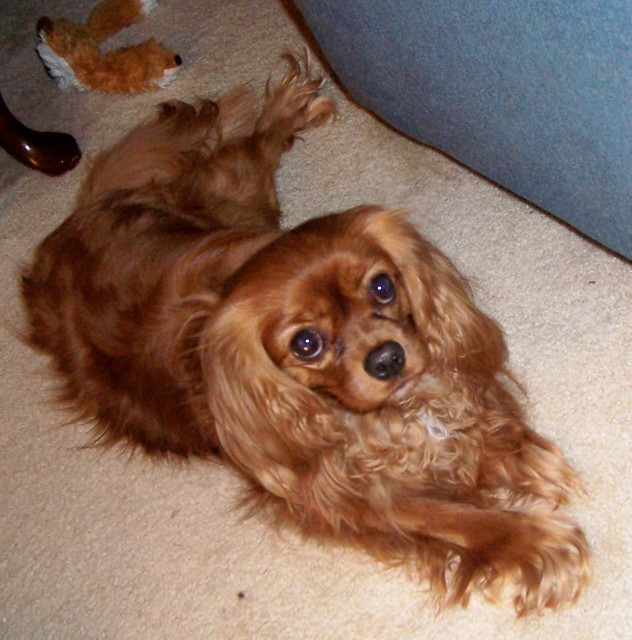 Dog light and shadow chasing
Question
Jenni
My 3 year old Cavalier King Charles Span
Dog light and shadow chasing
Question
Jenni
My 3 year old Cavalier King Charles Span
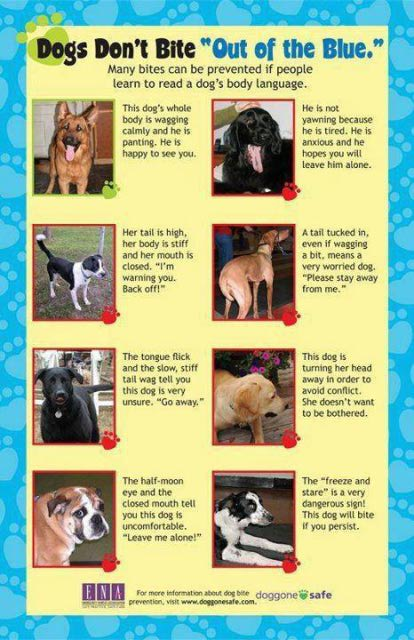 Is this aggression, dominance, or play?
QuestionQUESTION: I have a question regarding doggy beh
Is this aggression, dominance, or play?
QuestionQUESTION: I have a question regarding doggy beh
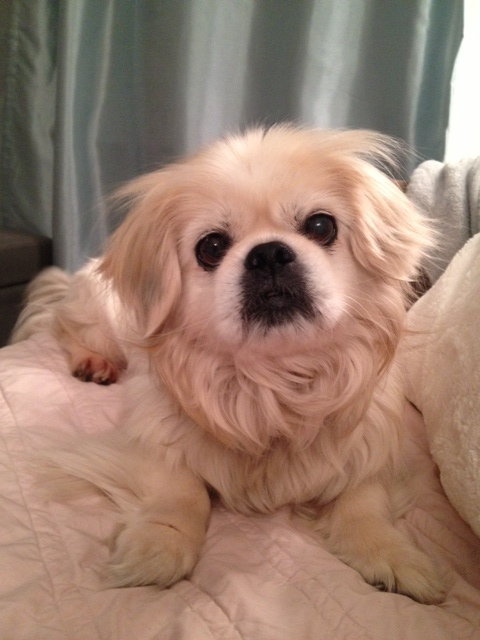 Nightmares?
Question
Beethoven
Hi Melissa, Ive had my very h
Nightmares?
Question
Beethoven
Hi Melissa, Ive had my very h
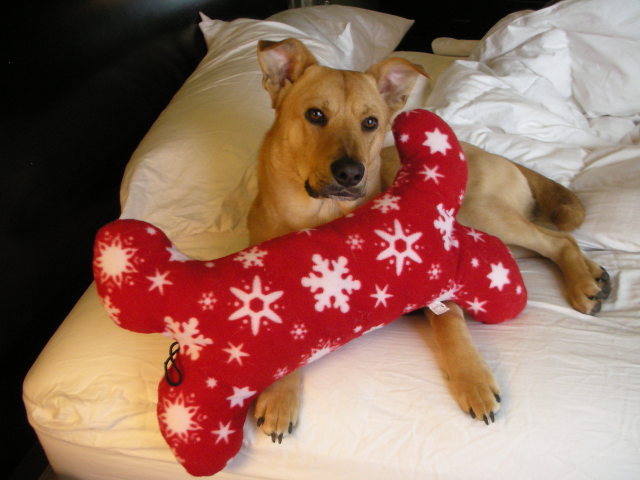 Very Scared Dog
Question
Happy
My dog is 17 months old and is a mixed b
Very Scared Dog
Question
Happy
My dog is 17 months old and is a mixed b
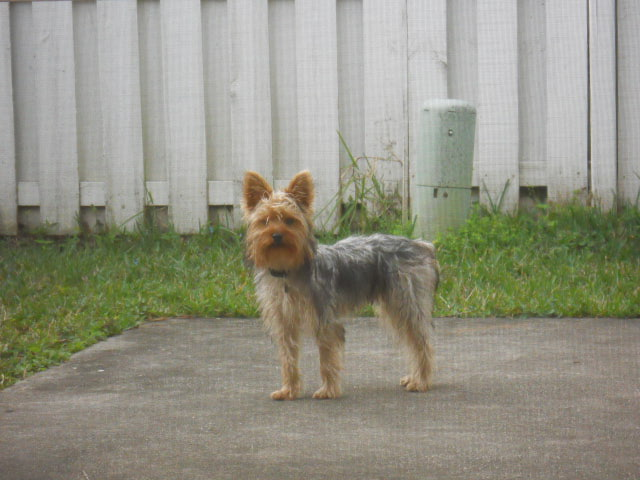 agressive silky terrier
Question
Lucas 1 year old
Hi Jennifer:
I have a
agressive silky terrier
Question
Lucas 1 year old
Hi Jennifer:
I have a